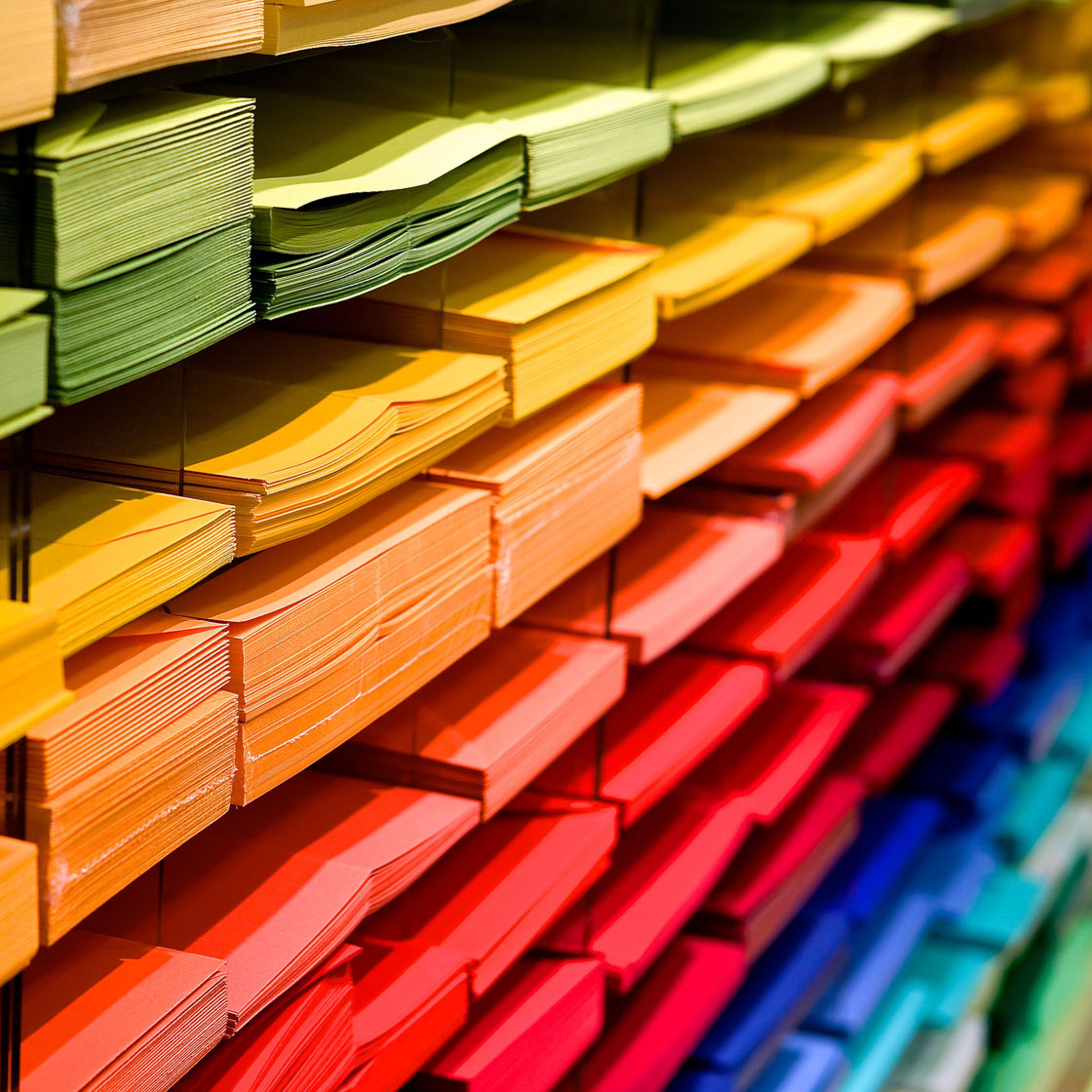
Color Me Crazy
A Burst of Color Knowledge
"What's your favorite color?" is a universally asked icebreaker that starts in kindergarten and is asked well into your adult years. Everyone has one—with many people feeling particularly attached to a specific color. But have you ever stopped to wonder what the deeper meaning behind the world's most popular colors are?
While different colors mean something different to everyone, they are known to evoke certain emotions within us. This can be attributed to the numerous cultural and historical meanings given to colors throughout the centuries. Dive deeper into these meanings, and learn something new about the various shades and hues that make up our everyday lives.
Yellow. The color of the sun rightfully signifies happiness, joy, and cheeriness. It can also be associated with sickness, with yellow flowers being a common gift to those who are feeling under the weather.
Orange. Orange represents creativeness and vitality. This color also holds many unique meanings across the world. In India, it symbolizes fire, while in some Middle Eastern countries, it's a mourning color.
Red. Another color open to many different interpretations is red. Most commonly, it is associated with love and passion, but it can also signify danger and boldness. In Chinese tradition, red is akin to celebrations—namely the Chinese New Year.
Blue. Blue is the most meaningful color across all cultures and traditions, with more connotations attached to it than any other color. From trust and loyalty to faith, depth, and security, blue is one of the most universally appreciated and respected colors. Many companies use blue in their logos, and it is also spiritually significant in many cultures.
Purple. Because of the rarity of the color in ancient times, purple has often been linked to royals. At one time, people in the upper class were the only ones who could afford the color purple in fabrics, and the meaning of luxury and ambition behind the color still holds true today.
Green. Unsurprisingly, green signifies starting over, growth, and renewal. The color is also connected to wealth in Western cultures.
Brighter colors are attached to many meanings across the world, but don’t forget about those refined neutrals—like black and white.
Black. Similar to orange, the color black has associations both positive and gloomy. In the Western hemisphere, it's most commonly known as a mourning color. However, it can also be likened to elegance, style, and sophistication.
White. For many, white symbolizes purity and goodness. Yet in India, white is conversely worn as mourning garb.
Colors signify many meanings across the world, and now that you know more about these theories, take a quiz to discover your color personality!
Up Next:
Which Color
Fits You Best?
Embrace the vibrancy of spring by sharing how various colors are connected to cultures worldwide.

Posted in Article, March 2018 on Jan 04, 2018